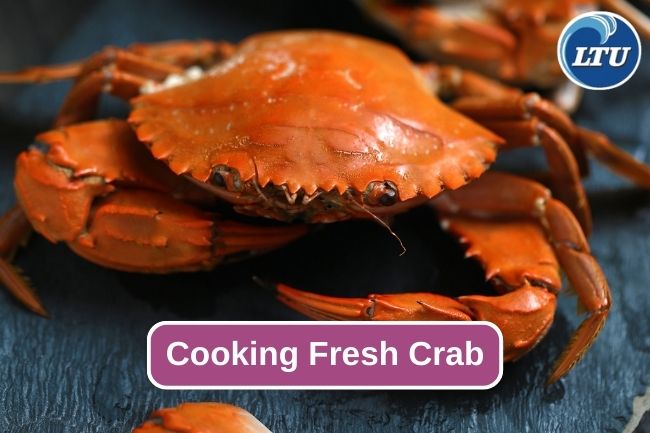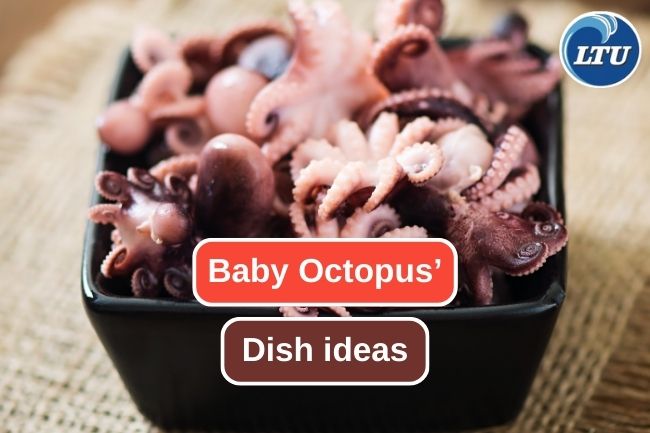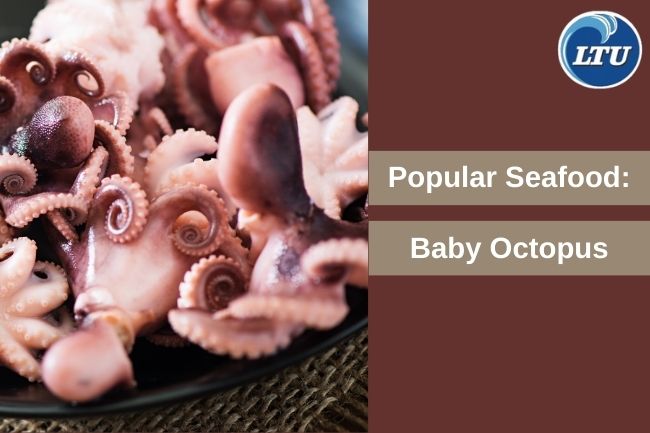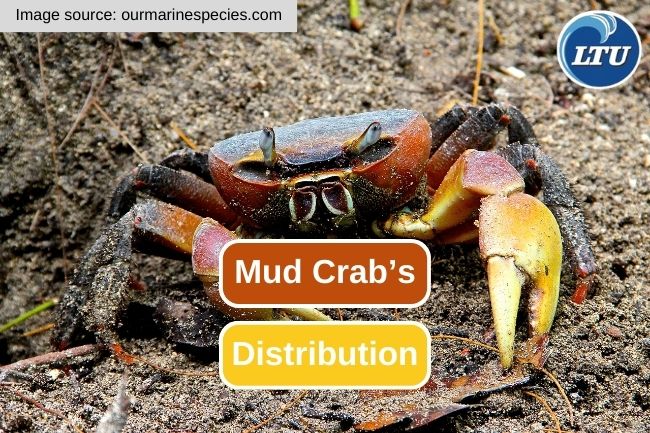Here are 6 Longlines Types for Fishing
By. Nevanda - 25 Jul 2023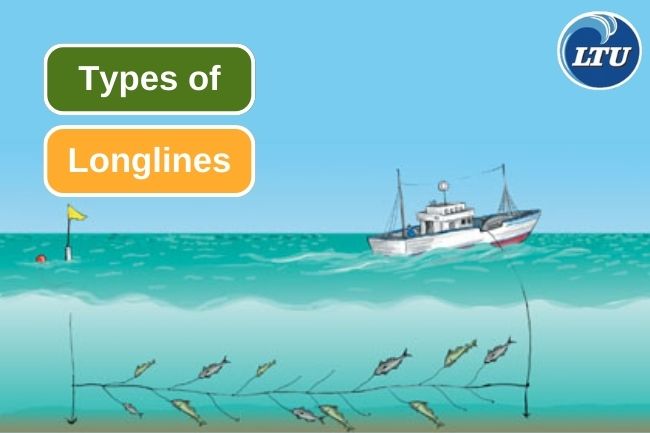
lauttimur.com - Longline is a fishing method that uses a long fishing line equipped with many baits or hooks. There are several types of longlines used in fishing, depending on the targeted fish species and fishing location. Here are some of the commonly used types of longlines:
1. Bottom longline
This type is used to catch fish that live on the seabed or near the surface of the seabed. Bait and hooks are placed along a long fishing line and placed on the seabed or its surroundings.
2. Pelagic longline
This type is used to catch pelagic fish, which are fish that live near the surface of the sea and are in open water. The fishing line is set horizontally on the surface of the sea with bait and hooks floating underneath.
Read also: 5 Reason to Reconsider Using Longlines as Fishing Gear
3. Vertical longline
This type is used to catch fish living near the water column, including fish living in the middle layer and near the sea surface. The fishing line is planted vertically with bait and hooks suspended along the line.
4. Handline longline
This type is a variation of the regular longline, where the fishing line is shorter and used in a similar way to trawling. The fisherman will manually operate each hook to catch fish in sequence.
5. Trawl longline
This type combines the longline method with bottom trawling. In this method, bait and hooks are placed on a long fishing line and then the line is slid over the seabed to catch fish on the seabed.
Read also: 7 Reasons Why Eating Tuna Is Good For Your Health
6. Straight longline (Set longline)
This type is a standard longline with a long fishing line and is equipped with many hooks and baits. This fishing line is cast straight in the sea and allowed to float to catch passing fish.
Keep in mind that the use of longline methods, especially on a large scale, can cause problems such as bycatch that impact marine ecosystems and fish resources. Therefore, there is a need for wise management and more selective use of technology to reduce the negative impacts of this fishing method.
Read also: The Essential Technique of Deveining Shrimps


